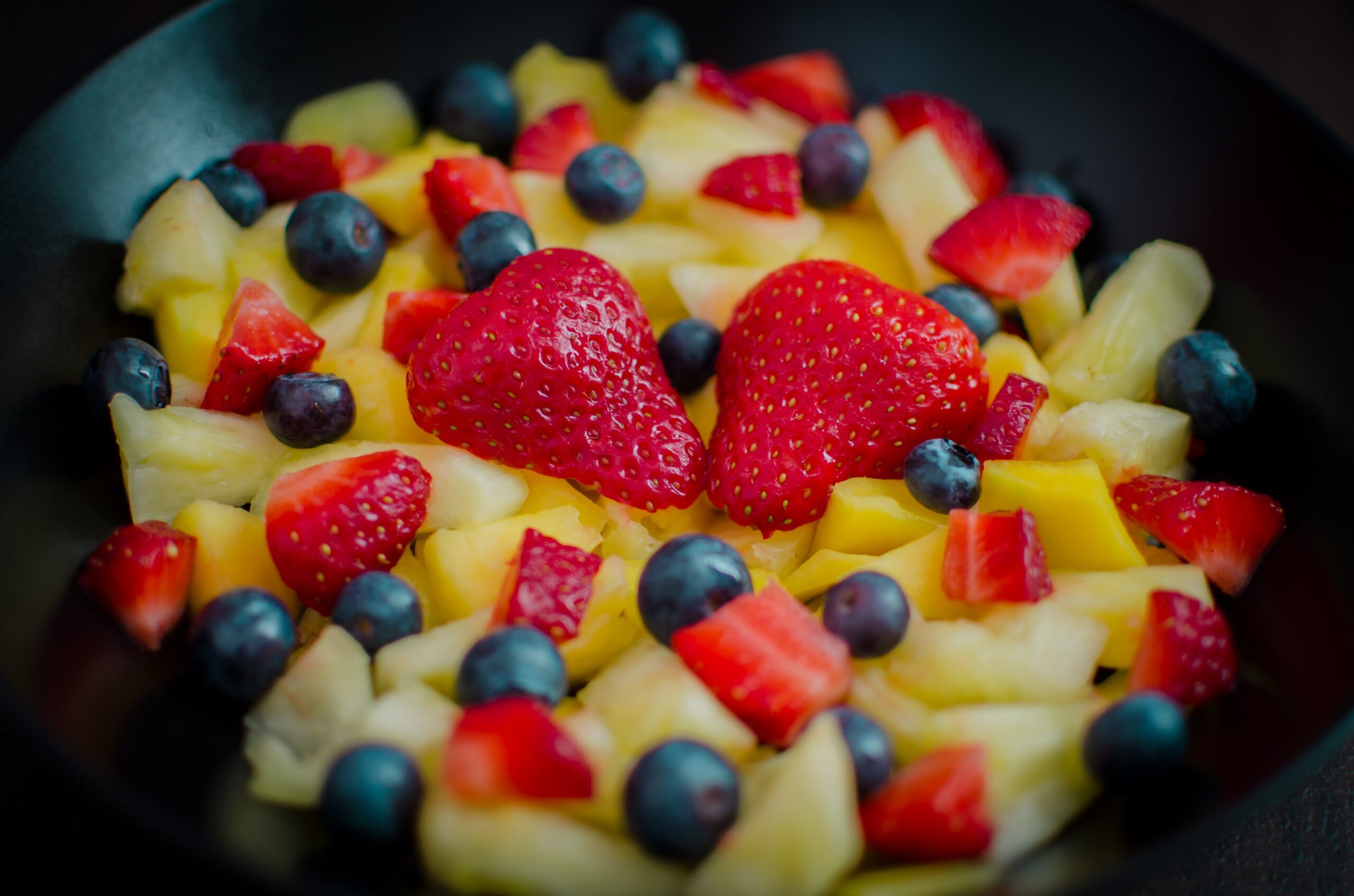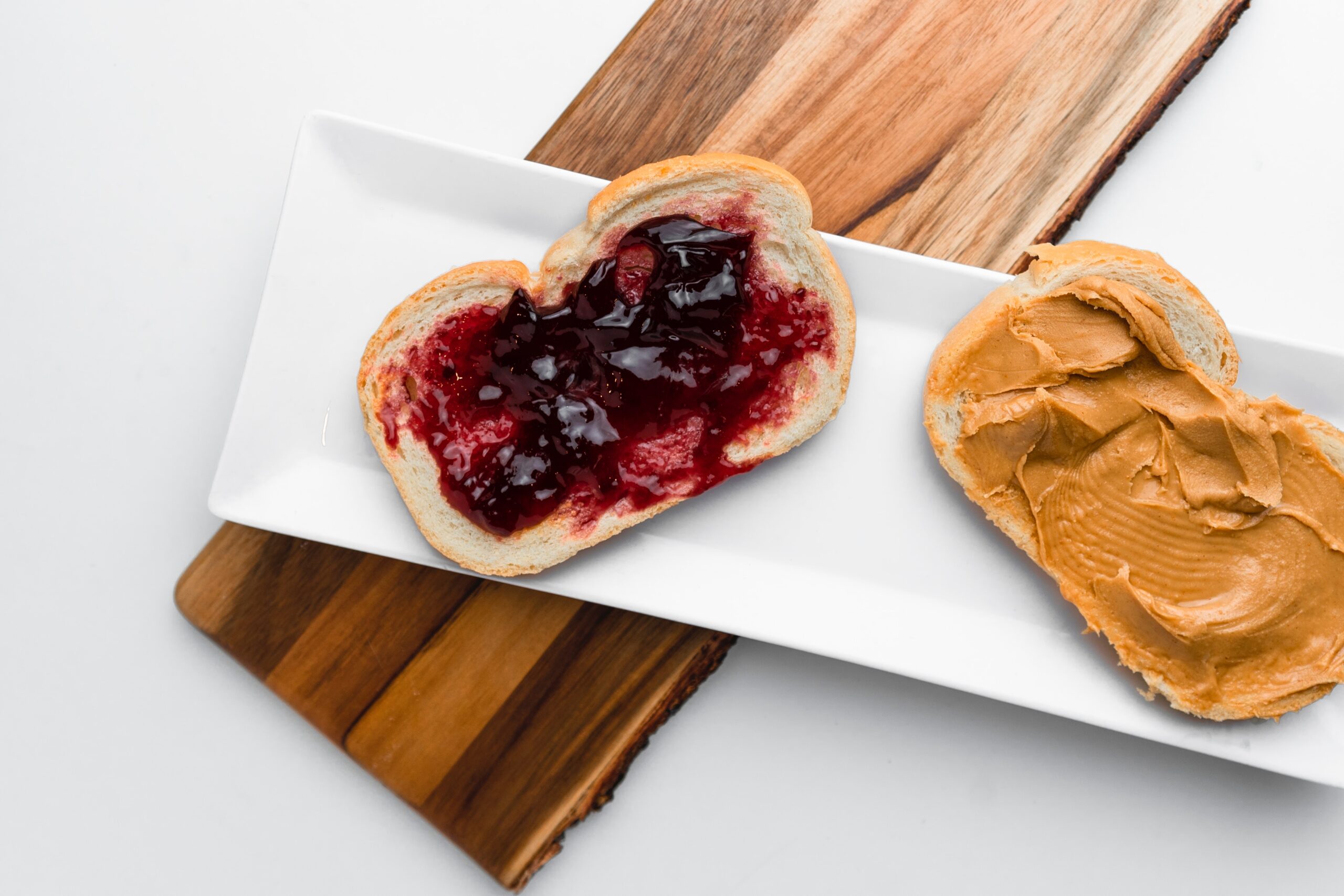Healthy and Refreshing: Easy Summer Fruit Salad Recipes to Try Today
As the days get longer and temperatures climb higher, our cravings for refreshing and healthy meals become stronger. And what better way to beat the summer heat than with a delicious fruit salad bursting with color and flavor? Whether you’re looking for a quick breakfast boost or a light lunch option, these easy summer fruit salad recipes are sure to satisfy your taste buds while keeping you cool and hydrated. So grab your favorite fruits, chop ’em up, and let’s dive into some seriously tasty salads!
What is Fruit Salad?
Is there anything more refreshing than a fruit salad on a hot summer day? Maybe not. But what exactly is a fruit salad? At its simplest, a fruit salad is a mix of fresh fruits, often with a sweet dressing or syrup. But there are endless variations of fruit salads out there, so let’s take a closer look.
The most common type of fruit salad contains a mix of diced or sliced fresh fruits, often including apples, grapes, bananas, and berries. Sometimes chopped nuts or marshmallows are added for extra flavor and texture. The fruits are usually tossed in a simple syrup made from sugar and water, or sometimes citrus juice.
Fruit salads can also include cooked fruits, like poached pears or roasted grapes. And they don’t always have to be sweet—you can find savory versions that mix fresh fruits with herbs and even cheeses.
Health Benefits of Eating Fruit Salads
Summer is the perfect time to take advantage of all the fresh fruit that is in season. This is also a great time to try out some new and exciting recipes. A fruit salad is a healthy and refreshing option for a summertime meal or snack.
There are many health benefits to eating fruit salads. Fruit is packed with vitamins, minerals, and antioxidants that can boost your overall health. Eating a variety of fruits can also help you get more dietary fiber, which is important for digestion and heart health.
Fruit salads are a great way to incorporate more fruits into your diet. They are easy to make and can be customized to your liking. You can add whatever fruits you have on hand, making them a perfect use for ripe produce that might otherwise go bad.
How to Make a Healthy Summer Fruit Salad
When it comes to summer fruit salads, there are endless possibilities. Here are a few tips on how to make a healthy and refreshing summer fruit salad:
– Use a variety of fresh, in-season fruits. This will not only make your salad taste amazing, but it will also provide a wide range of vitamins, minerals, and antioxidants.
– Add a bit of crunch with chopped nuts or seeds. This will add some healthy fats and protein to keep you fuller longer.
– Make a simple dressing with olive oil, lemon juice, and honey. You could also add some chopped fresh herbs like basil or mint for extra flavor.
Now that you know how to make a healthy summer fruit salad, give one of these recipes a try:
– Watermelon and Cucumber Salad: This refreshing salad is perfect for a hot summer day. Simply combine cubed watermelon, diced cucumber, feta cheese, chopped mint, and a simple dressing of olive oil and lemon juice.
– Blueberry and Peach Salad: This sweet and juicy salad is perfect for brunch or as a light dessert. Combine fresh blueberries, sliced peaches, arugula, goat cheese, and chopped pistachios. Dress with honey mustard dressing or balsamic vinegar and olive oil.
– Tropical Fruit Salad: For something truly exotic , combine cubed mango, pineapple, kiwi, and papaya. Add a bit of crunch with chopped macadamia nuts and finish off with a honey lime dressing.
Popular Summer Fruits for Salads
Summer is the perfect time to enjoy fresh fruits in salads. Here are some of the most popular fruits for summer salads:
Watermelon: Watermelon is a refreshing and hydrating fruit that makes a great addition to any salad. It pairs well with other fruits, as well as greens like arugula or spinach.
Strawberries: Sweet and juicy strawberries are a classic summer fruit. They go well in both fruity and savory salads, and can be paired with a variety of other ingredients.
Cantaloupe: This sweet melon is perfect for adding flavor and sweetness to salads. It goes well with other fruits, as well as herbs like mint or basil.
Different Ways to Prepare Your Fresh Fruits
There are countless ways to prepare fresh fruit, but some methods are healthier than others. One of the healthiest ways to eat fruit is raw. This means that you don’t cook the fruit, which can lead to the loss of some nutrients. You can also juice or blend raw fruits to make smoothies or juices.
Another healthy way to prepare fruit is by steaming it. This cooking method preserves more nutrients than boiling or frying. To steam fruit, put it in a steamer basket over boiling water and cover the pot. Check on the fruit after a few minutes to make sure it’s cooked to your preference.
Finally, grilled fruit is a delicious and healthy way to enjoy summer fruits. Just like with roasted fruit, grilling intensifies the natural flavors of fruits. Cut your fruits into small pieces and thread them onto skewers. Grill over medium-high heat for a few minutes per side, or until grill marks appear and the fruit is cooked through.
Fun and Creative Recipes for Fruit Salads
When it comes to fruit salads, there are endless possibilities. Get creative and have fun with your fruits! Here are some ideas to get you started:
– Use a variety of fruits in different colors for a beautiful salad.
– Get creative with your dressing. Try a balsamic vinaigrette or a lemon poppyseed dressing.
– Add some texture to your salad with chopped nuts or seeds.
– Use fresh herbs for added flavor. Mint, basil, and cilantro all work well with fruit salads.
– Don’t be afraid to experiment! Try adding savory ingredients like feta cheese or avocado.
Tips for Making the Most Out of Your Fruits
Assuming you have some ripe fruits on hand, here are a few tips for making the most out their flavor and nutrients:
– Cut them up into bite-sized pieces for easier eating and to help release their natural juices.
– If they’re not very sweet, add a touch of honey or agave nectar.
– Garnish with fresh mint or basil leaves for added color and flavor.
– Serve chilled or at room temperature; avoid serving fruits that are too cold as it can dull their flavors.
Conclusion
We hope this article has convinced you that a fruit salad can make an excellent snack or meal any time of the year — but especially in summer. Fruits are packed with vitamins, minerals and antioxidants, so they’re incredibly nutritious options to include in your diet. Whether you prefer traditional combinations such as grapes and oranges or something more exotic like kiwi and mangoes, there are plenty of delicious recipes out there for you to try. Get creative with the ingredients used in your next summer fruit salad – your taste buds will thank you!





